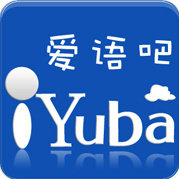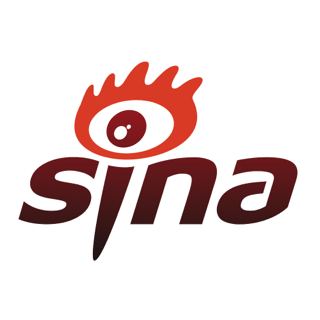
近日,美国环境工作组发布了2017年“12大肮脏和15大干净果蔬”名单,这为我们的日常饮食给出了一些很好的建议。
The Dirty Dozen and Clean 15 list is out from EWG for 2017.
(美国)环境工作组发布了2017年“12大肮脏和15大干净果蔬”名单。
As usual, it reveals the fruits and vegetables that contain the most pesticide residue and the least pesticide residue.
跟以往一样,它披露了含有最多以及最少农药残留的果蔬。
The beauty of the Dirty Dozen and Clean 15 list is that it helps us all make informed choices about how to protect our families from pesticides.
“12大肮脏和15大干净果蔬”名单的亮点是帮助我们所有人就如何保护我们的家人远离农药做出明智的选择。
The 2017 Dirty Dozen List
2017年12大肮脏果蔬名单
Strawberries
草莓
Spinach
菠菜
Nectarines
油桃
Apples
苹果
Peaches
桃
Pears
梨
Cherries
樱桃
Grapes
葡萄
Celery
芹菜
Tomatoes
西红柿
Sweet Bell Peppers
甜椒
Potatoes
马铃薯
The 2017 Clean 15:
2017年12大干净果蔬名单
Sweet corn
甜玉米
Avocados
鳄梨
Pineapples
菠萝
Cabbage
卷心菜
Onions
洋葱
Sweet peas (frozen)
甜豌豆(冷冻)
Papayas
木瓜
Asparagus
芦笋
Mangoes
芒果
Eggplant
茄子
Honeydew melon
甜瓜
Kiwi
猕猴桃
Cantaloupe
哈密瓜
Cauliflower
花椰菜
Grapefruit
西柚
Regardless of which list you shop from, it’s a good idea to wash your fruits and vegetables thoroughly before eating. We regularly reach for this simple fruit and vegetable wash recipe to clean our food.
无论你购买的是哪个名单里的果蔬,食用前彻底地洗一洗是个不错的主意。我们往往都是随便洗洗。我们往往使用清洗果蔬的简便方式来清洗我们的食物。
Eating food free from pesticides is important to all our health but particularly so for babies and young children who are still developing.
食用没有农药的食物对于我们的健康是重要的,尤其是那些仍在发育中的宝宝和小孩子。
Shopping with the 2017 Dirty Dozen and Clean 15 lists in mind are a way to reduce children’s toxic load while still feeding them the fruits and vegetables they need to thrive.
在购物的时候,将2017年“12大肮脏和15大干净果蔬”名单铭记于心是减少孩子毒物负荷的一种方式,同时还让他们吃到了成长所需的果蔬。


